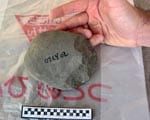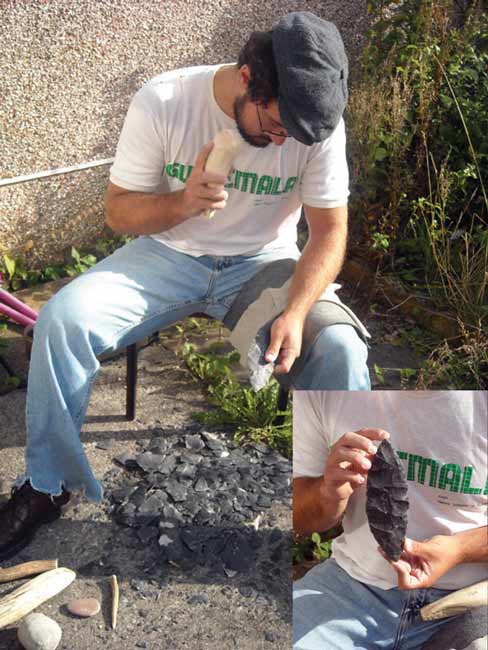Canadian science journalist Bob McDonald interviewed SMU archaeologist Metin Eren for the Canadian Broadcasting Corporation’s Quirks & Quarks with Bob McDonald radio show.
Eren’s latest research tests the long-held theory that prehistoric humans in East Asia crafted tools from bamboo, which archaeologists in the past devised to explain a lack of evidence for advanced prehistoric stone tool-making processes. Eren research asked “Can complex bamboo tools even be made with simple stone tools?”
A modern-day flint knapper, Eren replicated the crafting of bamboo knives and confirmed that it is possible to make a variety of bamboo tools with the simplest stone tools. However, rather than confirming the long-held “bamboo hypothesis,” the new research shows there’s more to the theory, he says.
In “Recreating the Bamboo Age,” Eren explains how he made the bamboo tools and what he and his colleagues determined from the experiment.
EXCERPT:
Quirks & Quarks
Canadian Broadcasting Corporation
Prehistoric humans achieved a lot with stone tools, and some cultures developed them to the acme of refinement.However, archeologists have been puzzled by the fact that in Southeast Asia, the stone tools they’ve found were universally simple and crude. Some have suggested that this was because early humans used flexible, plentiful bamboo instead, as their material for more sophisticated tools.
Experimental archeologist Metin Eren, a PhD at Southern Methodist University, had an opportunity to test this idea. Mr. Eren has spent years developing his skills as a flint-knapper — a maker of stone tools. He decided to try his hand at bamboo tool making. He rediscovered techniques that allowed him to make various bamboo implements, using a few simple rock edges to start the process.
He had great success making spears, and breaking down bamboo for weaving. However, his attempts to make a bamboo knife — an essential tool for early humans — were disappointing: the knives could be made very sharp indeed, but weren’t durable enough to be really useful.
 Canadian science journalist
Canadian science journalist 
